Every group has its own language, words that show who’s a part of the group and who’s not. American football fans speak with words like lineback, down, and line of scrimmage. Anime fans–who refer to themselves by the word otaku–have their own language too. Otaku language mixes slang, transliterated Japanese, and acronyms. Fans lift Japanese from the shows they watch and mix it with their slang. Otaku jargon overlaps with the jargon of other fandoms, such as trekkies. Fanfiction, while not necessarily an otaku hobby, uses much of the same terminology.
This collection of otaku jargon isn’t conclusive. Fan languages, like any living language, change over time. Words fall out of favor and new words are added. This post isn’t directed to members of the fandom. Rather, I target those who are interested in otaku culture and parents. After defining the words, I’ll provide a little background information when available. Pronunciation uses the International Phonetic Alphabet.
The terms are in alphabetical order.
Anime /ə ni me/ (noun). Alternative: japanimation. Japanese term for animation. Among fans, the term refers to animation produced in Japan rather than the generic meaning of animation.
Baka /ba ka/ (noun/adjectival noun). The transliteration of the Japanese word that means stupid, dumb, fool, or idiot. This word appears often in anime dialogue and anime fan dialogue.
Chibi /tʃi bi/ (noun). An expressive animation technique that involves large heads, small bodies, and simplified, exaggerated features. At times, these traits appear as sudden deformations from the original character design to express humor or the character’s emotions.
Cosplay /kɒs pleɪ/ (noun). Short for costume play. The practice of dressing up as fictional characters. Read this article for more information.
Dandere /dan de re/ (noun). A type of character who is normally reserved or emotionless until they are alone or with other character they trust. In such situations, the character opens up.
Desu /de su/ (verb). Japanese verb form that translates to “is, be, are, am.” Otaku fans attach the word to the end of sentences to appear cute or express their fandom.
Doujinshi /do jɪn shi/ (noun). Alternative: fan fiction, fan fic, dojin. Fan-created non-commercial media that use existing manga and anime characters.
Dub /dʊb/ (verb/noun). Replacing Japanese dialogue of an anime with a different language. The noun version refers to the English language version of a film.
Ecchi /i tʃi/ (noun). A branch of manga and anime that contains nudity, sexual humor, and mild sexual situations. Lacks the explicit sexuality of hentai.
Related: hentai.
Erogi /e re ʃi/ (noun). Alternative: h-games. Video games that can contain sex or many instances of fanservice.
Fanservice (noun). Alternative: fan service. Scenes present in manga and anime designed to titillate fans. Scenes may include swimsuits, nudity, or camera pans of vehicles or outfits.
Filler (noun). An episode in an anime series that doesn’t appear in the storyline of the manga the anime is based upon. These episodes pad out a series to allow the original author time to produce more work or make the anime last longer.
Hai /hi/ (noun). Japanese term for an affirmative response.
Hentai /hen ti/ (noun). A genre of manga and anime that involves explicit sexual imagery.
If you want to learn more about this genre, you can read my article about its history.
Hikikomori /hi ki koʊ moʊ ri/ (noun). Japanese word which translates to “pulling inward, being confined” that is used to refer to people who withdraw from all aspects of society, including work, school, and social ties.
synonym: NEET.
We have an article if you want to learn more about hikikomori. NEET is an acronym: Not in Education, Employment, or Training that isn’t exactly the same as hikimori because many NEETs still engage with society in limited ways.
Honorifics (noun). A part of speech in Japanese language used to denote social standing and relationship between people. This article explains the basics of honorifics.
Iie /ie/ (noun). Japanese term for a negative response.
Japanophile (noun). Old term that refers to someone who has an intense interest in Japanese culture.
Josei / dʒoʊ sə/ (noun). A category of manga and anime that targets women aged 18 to 40. Often involves more realistic situations and portrayals of life and romance.
Kawaii /kɑ wɑi i/ (adjective). Japanese transliteration that translates to cute or adorable. The word denotes other traits including vulnerability, innocence, appeal, helplessness, and other traits associated with infants. See this article for more information.
Loli /loʊ li/ (noun). Alternative: Lolita. Refers to a young-appearing girl or a cute prepubescent character. The full term Lolita derives from a novel of the same name written by Vladimir Nabokov about the pedophile Humbert Humbert.
Lolicon /loʊ li c ɒn/ (noun). Alternative: Lolita Complex. A person who is romantically and/or sexually attracted to young or young-looking girls. Related: Siscon.
Magical Girl. (noun). A branch of anime and manga, specifically of shojo, that involves a teen or preteen girl who has a secret identity that involves magic powers.
Mangaka /mɑn gɑ kɑ/ (noun). Japanese term for manga authors.
Mecha /me ka/ (noun) 1. A genre of anime and manga that involves the use of human-piloted giant robots. 2. A giant robot typically piloted by a character.
Megane /me ga ne/ (noun). Japanese for glasses. Refers to characters with glasses and often involves an attraction by the audience for such characters.
Related: meganekko.
Moe /moʊ i/ (noun). Protective and affectionate feelings a person feels toward a character. This is sometimes confused with character archetypes designed to illicit such feelings. See this article on moe for more explanation. Related: kawaii.
Nekomimi /ni koʊ mi mi/ (noun). A transliteration of a Japanese phrase that literally means “cat ear.” The word refers to people who dress as human cats, that is, with cat ears and a tail. This is a type of cosplay.
Oneesan /oʊ neɪ sɑn/ (noun). Japanese term for older sister.
Oniisan /oʊ ni sɑn/ (noun). Japanese term for brother. Related terms: oniichan, oniisama.
Otaku /o ta ku/ (noun). 1. A western fan of Japanese animation. 2. Someone who obsesses over an activity or interest; a derogatory term in Japanese.
OVA /oʊ va/ (noun). Alternative: OAV. Acronym that stands for Original Video Animation (or the alternative Original Animation Video). These are anime episodes made exclusively for home release and are not released on television or theaters.
Panty Fetish (noun). Alternative: pantsu. A subtype of fanservice that focuses on women and girl’s underwear. This fetish resulted from American cultural influences post World War II.
Seinan /si nən/ (noun). A branch of manga and anime that targets older teens and men. Characterized by action and political plots with more mature themes then shonen.
Related: josei.
Seme /se me/ (noun). Refers to a character in anime and manga, particularly the branches of shonen-ai, yaoi, and hentai, that takes the dominate role in a relationship.
Related: uke.
Uke /u ke/ (noun). Refers to a character in anime and manga, particularly the branches of shonen-ai, yaoi, and hentai, that takes the submissive role in a relationship. Related: seme.
Senpai /sen pī/ (noun). Alternative spelling: sempai. 1. A person who belongs to a higher social rank than the speaker. 2. (slang) A person who the speaker admires and generally ignores the speaker.
Honorifics like senpai, chan, and kun are an important part of the Japanese language. Otaku fans imitate these parts of speech. This word is often misspelled as sempai. Romanji, Japanese written using Roman letters, lacks a standalone m. “M” sounds include mi, ma, mo, mu, me. “N” is the only standalone consonant. せんぱい is how senpai is written in hiragana, with ん being “n.” However, some people pronounce the word in a way that sounds like an “m” instead of an “n.”
Ship / ʃip/ (verb). Short for relationship, this word expresses the approval of the speaker for a romantic relationship between two characters or people.
Shojo / ʃoʊ dʒoʊ/ (noun). Alternative: shoujo. A category of manga and anime that targets young girls. Characterized by a flowery, romantic style and plots that focus on relationships and relationship conflicts.
Shonen / ʃoʊ nen/ (noun). Alterative: shounen. A category of manga and anime that targets boys and young men. Characterized by action-filled plots.
Siscon /sis c ɒn/ (noun). A person who is attracted to their sister. This term can refer to a type of fictional character.
Sub (noun). Alternative: fansub. Fan-produced translations and subtitling of anime. These subtitled episodes often lack official releases from companies. This may also include official releases.
Tsundere /sun de ri/ (noun). A character type with a cold and indifferent outer personality that hides a warm, affectionate interior.
Visual Novel (noun). An interactive method of telling a story that allows a reader to make decisions that direct the course of the story. This story telling method uses graphics similar to how comic books use graphics to tell a story.
Waifu /wī foo/ (noun). Fictional character a person feels affection toward. 2. fictional character considered one’s spouse. 3. Japanese word derived from the English word ‘wife.’
synonyms: husbando, mai waifu I wrote an article tracing the development of waifu.
Weeaboo /wi a bu/ (noun). An anime fan who ignores social boundaries and exhibits an ignorance toward Japanese culture despite proclaiming an obsession with the culture.
synonyms: weeb I wrote an article outlining the characteristics and reasoning behind this definition.
Yandere /jan de re/ (noun). A type of character who is romantically interested in another character to the point that interest becomes their identity. This often results in the character becoming violent or insane.
YAOI /yaʊ i/ (noun). Alternatives: BL, Boy’s Love, 801. Stories written by women for women that involve romantic relationships between males.
YAOI is an acronym that stands for yama nashi, ochi nashi, imi nashi (no climax, no point, and no meaning), a phrase coined by Osamu Tezuka.
Yuri /j ʊəʳ i/ (noun). Alternative: Shoujo-ai, Shojo-ai, girl’s love. Genre of anime and manga that focuses on a romantic relationship between two female characters.
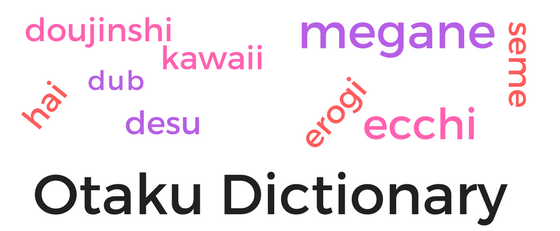
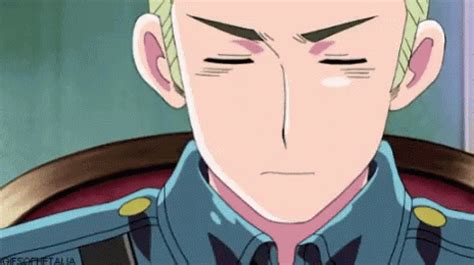
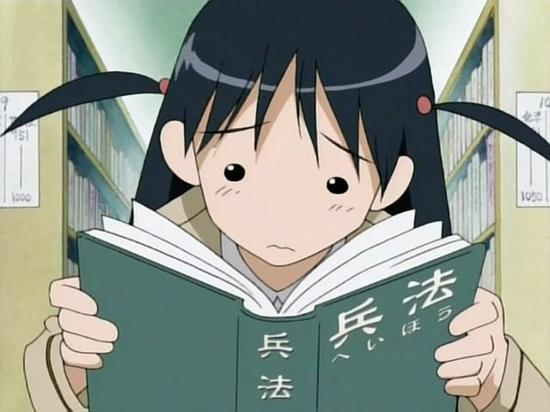
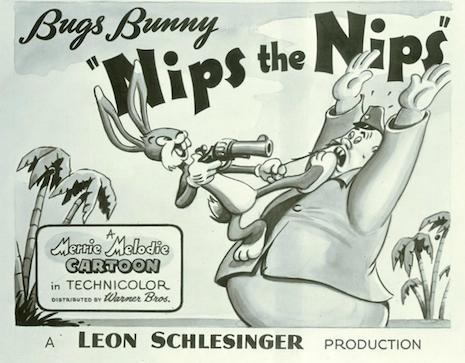
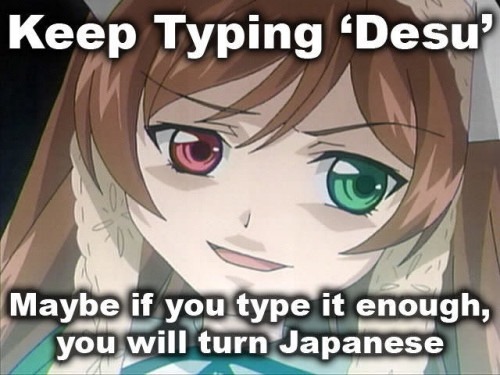
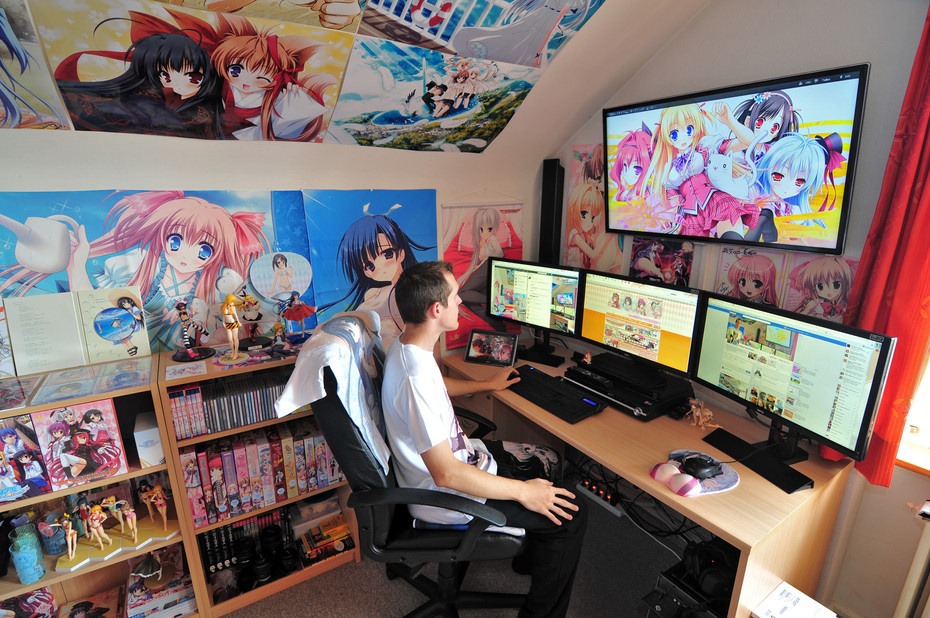
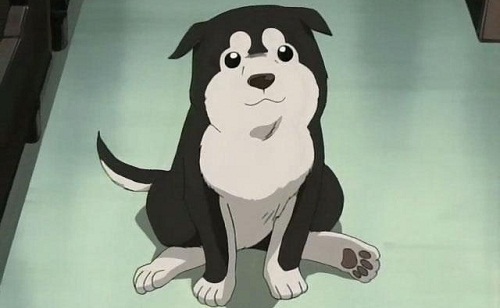
what are shortstacks called? (short girls with big boobs)
Oppai would be the term. The word applies to all women with a large bust. I’m not aware of a term specific to short girls with large breasts.
FYI, you’re probably aware of this, but dōjinshi refers to any amateur or self-published work from someone who is part of the dōjinshi scene. (The Comiket Committee defines it as “self-published non-commercial publications.”) There’s dōjin music, dōjin games, original dōjin manga, even a dōjin opera. To peg the definition as “fanfiction” (or even “fanzine,” which is more accurate to the format of most dōjinshi) is limiting and not entirely correct.
Thanks for pointing that out. I’ve adjusted the definition. While trying to keep it simple for non-fans, I had forgotten about games and other media.
What does 20 is best mean? I saw it on a t-shirt?
I’m not familiar with that phrase, except in reference to 4/20, a marijuana-smoking day. If the t-shirt was from Japan, sometimes the designs are just meant to look cool. I’ve seen t-shirts with Japanese characters that mean random or unfortunately funny things, but they look cool.